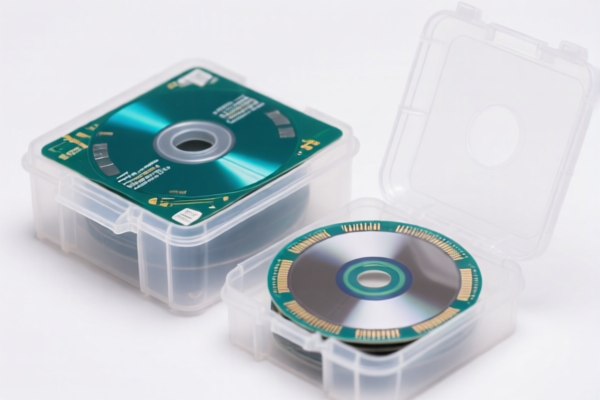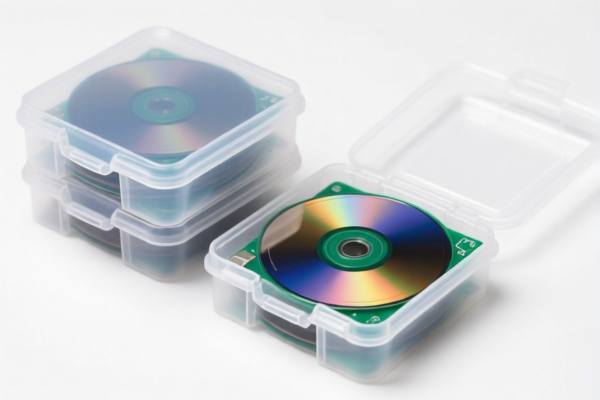| HS Code | Official Doc | Tariff Rate | Origin | Destination | Effective Date |
|---|---|---|---|---|---|
| 9610000000 | Doc | 33.5% | CN | US | 2025-05-12 |
| 9618000000 | Doc | 41.9% | CN | US | 2025-05-12 |
| 7017905000 | Doc | 61.7% | CN | US | 2025-05-12 |
| 7017901000 | Doc | 55.0% | CN | US | 2025-05-12 |
| 9004100000 | Doc | 39.5% | CN | US | 2025-05-12 |
| 9004900010 | Doc | 40.0% | CN | US | 2025-05-12 |
| 3924905650 | Doc | 40.9% | CN | US | 2025-05-12 |
| 3924902000 | Doc | 33.4% | CN | US | 2025-05-12 |




Eye Box
An eye box, also known as an ocular or eyepiece, is a component of optical instruments such as telescopes, microscopes, binoculars, and cameras that magnifies an image for the user's eye. It is the part through which the observer visually perceives the image produced by the instrument.
Material:
- Glass: The primary material for lenses within the eye box, typically multi-coated to reduce reflections and improve image clarity. Common types include crown glass, flint glass, and specialized optical glass.
- Plastic: Often used for the housing and external components due to its lightweight and moldability.
- Metal: Employed for structural support and adjustment mechanisms, frequently aluminum or stainless steel.
- Rubber/Soft Polymers: Used for eye cups or surrounding components to provide comfort and block stray light.
Purpose:
The primary purpose of an eye box is to provide a magnified, focused view of a distant or microscopic subject. It allows the user to observe details that would be invisible to the naked eye.
Function:
- Magnification: The eye box contains lenses that enlarge the image formed by the objective lens or mirror of the instrument.
- Focusing: Adjustment mechanisms within the eye box allow the user to fine-tune the image sharpness based on their individual vision.
- Field of View: The eye box determines the extent of the visible image area.
- Image Correction: Some eye boxes incorporate lenses to correct for aberrations, such as chromatic aberration or distortion.
- Diopter Adjustment: Many eye boxes feature a diopter adjustment to compensate for differences in individual eyesight, allowing for focusing without eyeglasses.
Usage Scenarios:
- Astronomy: Telescopes utilize eye boxes to observe celestial objects.
- Microscopy: Microscopes employ eye boxes to view microscopic samples.
- Binocular Viewing: Binoculars use eye boxes for magnified, stereoscopic viewing of distant objects.
- Photography/Videography: Cameras use eye boxes (viewfinders) for composing shots and monitoring focus.
- Medical Diagnostics: Ophthalmoscopes and other medical instruments use eye boxes for examining the eye.
Common Types:
- Fixed Eyepieces: Simple, non-adjustable eye boxes.
- Adjustable Eyepieces: Allow for changing magnification or focus.
- Wide-Field Eyepieces: Provide a larger field of view.
- Plössl Eyepieces: High-quality eyepieces known for their wide field of view and sharp images.
- Kellner Eyepieces: Affordable eyepieces suitable for general use.
- Orthoscopic Eyepieces: Provide high contrast and sharp images, often used for planetary observation.
- Digital Eyepieces: Incorporate a digital sensor to capture images or video.
- Rubber Eyecups: Provide comfort and block stray light.
- Folding Eyecups: Adjustable eyecups for users with eyeglasses.
Based on the provided information, determining the precise HS code for “eye box” requires clarifying its specific function and material. However, based on potential interpretations, here are relevant HS codes:
- 9004100000: Spectacles, goggles and the like, corrective, protective or other: Sunglasses. This code applies to eyewear designed for sun protection. If the “eye box” functions as sunglasses, this is a potential match. The total tax rate is 39.5%, comprised of a 2.0% base tariff and a 7.5% additional tariff, increasing to 30.0% after April 2, 2025.
- 9004900010: Spectacles, goggles and the like, corrective, protective or other: Other Safety glasses or safety goggles. If the “eye box” is designed for safety or protection (e.g., in a work environment), this code may be applicable. The total tax rate is 40.0%, consisting of a 2.5% base tariff and a 7.5% additional tariff, rising to 30.0% after April 2, 2025.
It is important to note that without further details regarding the “eye box’s” intended use and material composition, a definitive HS code classification cannot be determined. If the item is neither sunglasses nor safety glasses, other codes may be more appropriate, but are not identifiable with the current information.
Customer Reviews
No reviews yet.